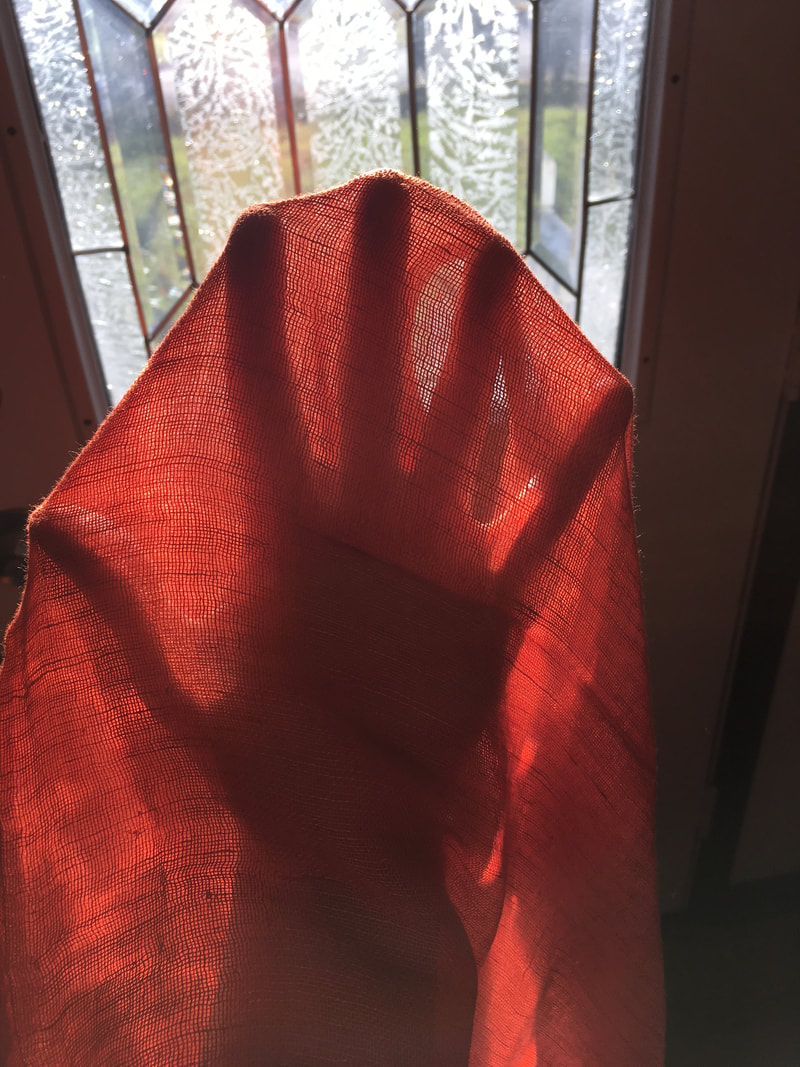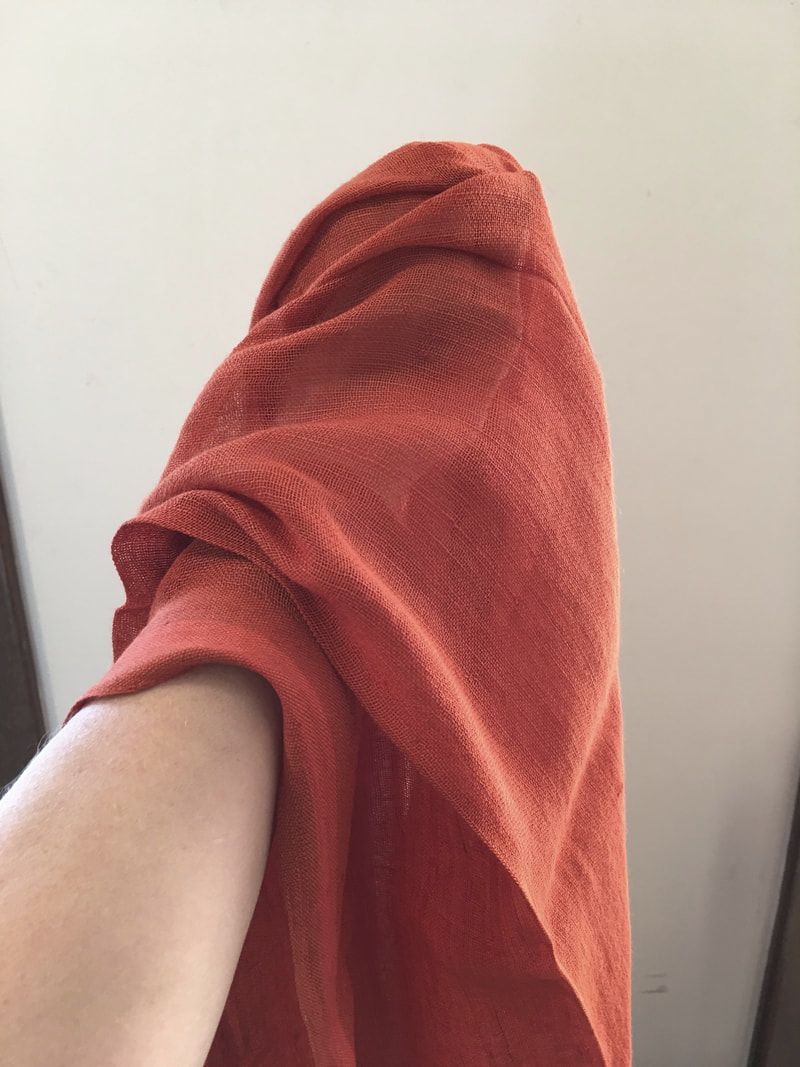What I am wondering is was the dart in the Hedeby dress made before or after the application of the braid decoration. In Hägg's Textilien und Tracht in Haithbu und Schleswig, she discusses the idea that the aprondress (fragments H14) had more than one life, that it was worn as an aprondress and then later reused and worn under layers (and under a belt at that time). If that were true (though I am not sure how we can really tell that, but it definitely is fascinating to consider), then perhaps a woman of status had the garment for a time and then it was cast off and a servant or someone else wore it as a body layer under a dress to help retain warmth. This led me to think about the weird external dart. Can we tell from the evidence that this dart was created and then the braid was sewn over it, or, perhaps, did the original dress have the braid applied and at a later time, someone added that dart below it for some reason?
Yeah, I need to look at this all again, when I have more time than I do right now (because really, I don't have much time for anything at the moment)!




 RSS Feed
RSS Feed